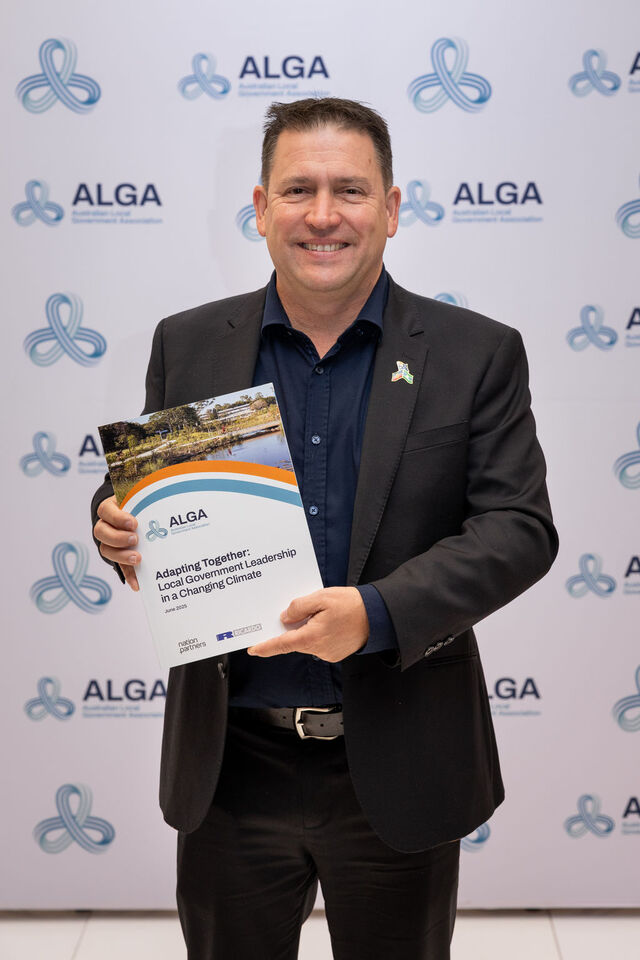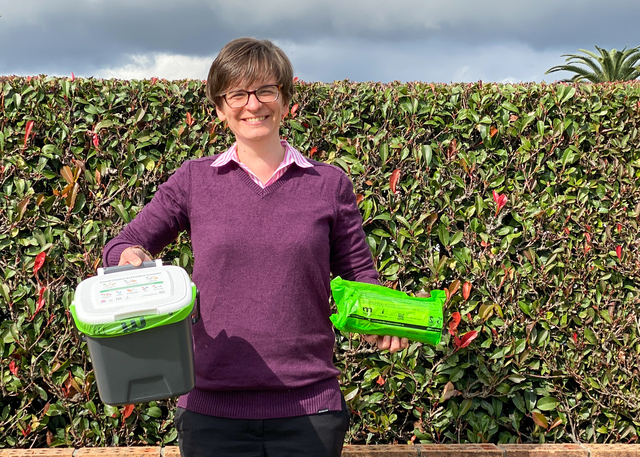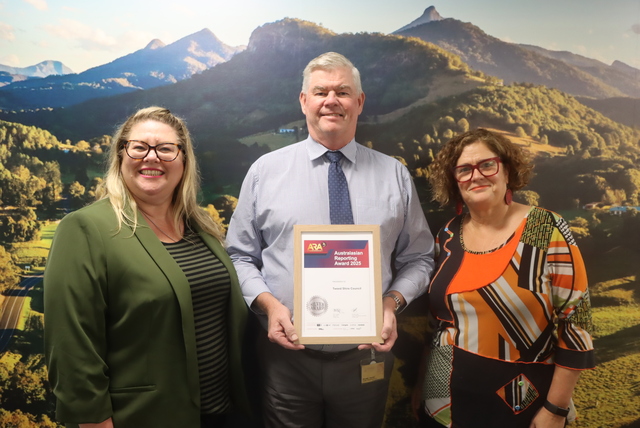The City of Greater Dandenong has become a driving force in slowing local traffic since Victorian speed limits were reduced two years ago. After the default speed limit in residential areas was cut to 50 kph, Council’s Slow Means Safe campaign led to the number of casualty accidents on Dandenong’s 50 kph roads dropping by 25 per cent – nearly double the State average.
Only five years ago, this Council, in Melbourne’s outer south east, had Victoria’s second highest number of casualty accidents.
Council used speed and volume monitoring, local area traffic management plans and a public awareness campaign to drop the injury rate. More than 500 residents filled out a survey identifying problem roads. Their responses were computer mapped and compared to VicRoads accident statistics to locate the worst areas.
“We asked local residents to be our eyes and ears on the streets,” said Council’s Civil and Transport Planning Team Leader, Clancy Philippe. “Our traffic engineers can’t be everywhere at once. Local residents know their own neighbourhoods best.”
Residents identified the following issues.
- Local traffic congestion was making it difficult for motorists to access the arterial road network.
- Local roads were being used to bypass congested arterial roads and traffic lights.
- Motorists were driving over some traffic islands.
- Badly placed speed humps and ineffective traffic calming devices were causing accidents.
- Congestion on school roads during drop off and pick up times.
- Cars doing wheelies, speed trials and burnouts.
- The need for betterpolicing of speed limits.
Council hired a large electronic board to display the speed of oncoming vehicles. The results were analysed to determine when and where speeding occurred, so Victoria Police could run speed cameras at 15 problematic locations. One camera caught more than 600 speeding vehicles in two days.
“People get used to travelling a certain speed,” Clancy Philippe said. “We wanted to reinforce to drivers the speed they were really travelling at. If residents hadn’t told us about these problem spots, then we might not have ever known.”
For further information contact Clancy Philippe, telephone (03) 9239 5219.







